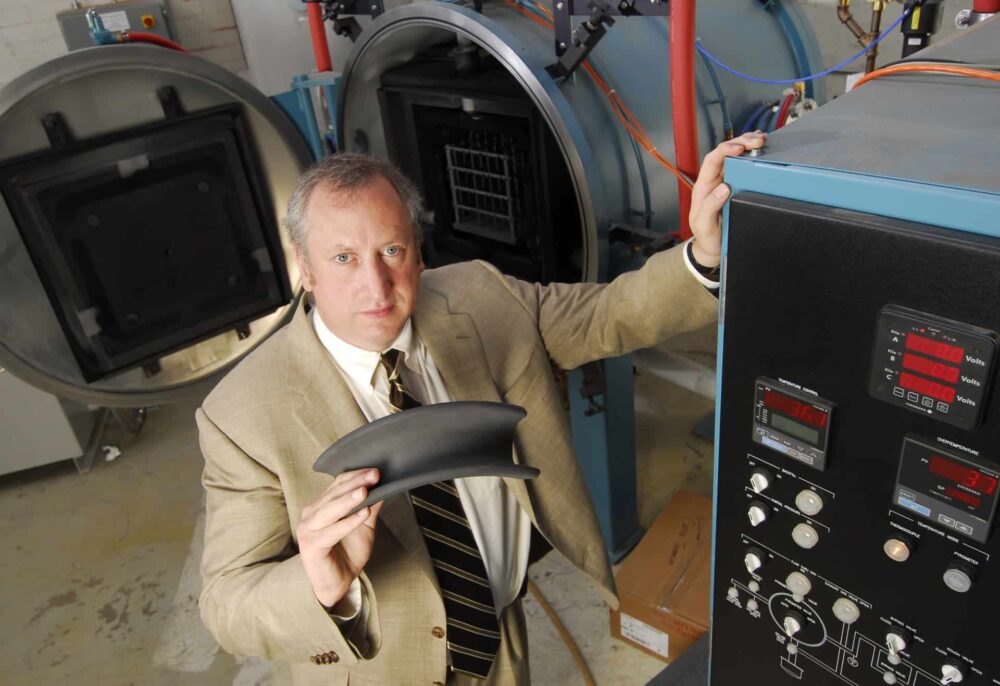Market Size for Hard Armor Forecasted at $3.04B by 2025
According to Grand View Research, Inc. the global market for ceramic armor is expected to reach $3.04B USD by 2025. This represents a 7.2% CAGR for the period forecasted. Increasing unrest between countries is driving the global market, along with terrorism and cross-border disputes. Today’s reality is that soldiers and combat vehicles need more advanced protection to keep them safe. Advancements in manufacturing and material technologies are driving the use of ceramic in armor.
A number of acts and regulations, which have been spearheaded by Underwriters Laboratories (UL), U.S. Department of Defense (DoD) and National Institute of Justice (NIJ) govern the use of armor made of ceramic. All body armor must comply with certain standards of testing and design. These have been carefully developed to determine the level of threat that the particular body armor can effectively withstand. Ceramic body armor manufacturers and vendors must adhere to these standards.
Because alumina has higher density and is relatively inexpensive to work with, this material segment has a larger market share. In terms of application, homeland security is expected to experience the highest growth rate over the period forecasted. The need to upgrade military equipment is driving the demand for ceramic armor for use in defense. An increase in the need to protect military personnel has led to huge orders being placed across the world for body armor vests.
In terms of platform, the body armor market has been divided into three different categories: homeland security, defense and civilians. The civilian application category has been slower to adopt body armor. However, the increase in terrorist activities around the world is driving the adoption of body armor in the homeland security category.
North America had the largest market share for body armor in 2016. This was due to the increase in investment by various defense agencies for products to maintain and increase its military strength and performance. The ongoing terrorist activity in Middle Eastern countries will likely increase the number of armored vehicles being sold in the region. The governments of UAE and Saudi Arabia are likely customers for companies manufacturing armor vehicles due to their military involvement in Yemen.
Major participants in the industry are ArmorWorks (U.S.) Ceradyne (U.S); CoorsTek, Inc. (U.S.); KDH Defense Systems, Inc. (U.S.) M Cubed Technologies (U.S.); Saint Gobain Ceramics & Plastics (U.S.); Safariland LLC (U.S.); CeramTec (Germany); Olbo & Mehler (Germany); and Koninklijke Ten Cate BV (Netherlands).
Government support is behind the development and manufacturing of ceramic armors for the protection of sovereign military capabilities. For example, the UK Defense & Science Technology Laboratory (DSTL), which is part of the Ministry of Defense, is collaborating with Kennametal Manufacturing UK to increase its defense unit’s ceramic armor capabilities.








